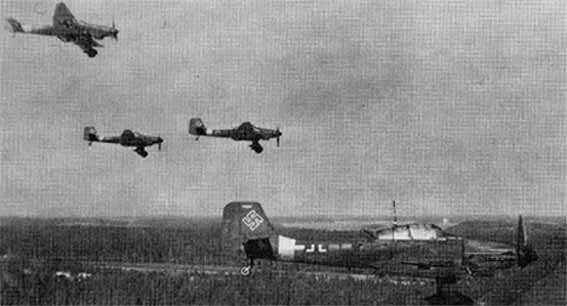Tali-Ihantala, Battle of, Russia, 1944
Enlarge text Shrink text- Work cat.: Forss, S. Tali-Ihantala 1944 : film och historia, 2007.
- Wikipedia www site, June 27, 2008(The Battle of Tali-Ihantala (June 25 to July 9, 1944), was part of the Continuation War (1941-1944) that occurred during World War II. The battle was fought by Finland, supported by forces of Germany against the Soviet Union and is to date the largest battle in history of the Nordic countries... The Battle of Tali-Ihantala was fought in a small area (100 km2) between the Gulf of Viipuri and the River Vuoksi. The Soviet attack was concentrated on the area east of the city of Viipuri (Vyborg), from the southern village of Tali to north towards Ihantala (Petrovka). This was the only suitable terrain for armoured forces on the Karelian Isthmus, 10 km wide and limited by lakes and the River Vuoksi on the east.)
The Battle of Tali–Ihantala (June 25 to July 9, 1944) was part of the Finnish-Soviet Continuation War (1941–1944), which occurred during World War II. The battle was fought between Finnish forces—using war materiel provided by Germany—and Soviet forces. To date, it is the largest battle in the history of the Nordic countries. The battle marked a point in the Soviet offensive when the Finnish forces first prevented the Soviets from making any significant gains. Earlier at Siiranmäki and Perkjärvi the Finns had halted advancing Soviet forces. The Finnish forces achieved a defensive victory against overwhelming odds. After the Soviets had failed to create any breakthroughs at Tali–Ihantala, Vyborg Bay, or Vuosalmi, the Soviet Leningrad Front started the previously planned transfer of troops from the Karelian Isthmus to support the Narva offensive, where they were encountering particularly fierce resistance. Though the Leningrad Front failed to advance into Finland as ordered by the Stavka, some historians state that the offensive did eventually force Finland from the war.
Read more on Wikipedia >
 Topic
Topic








